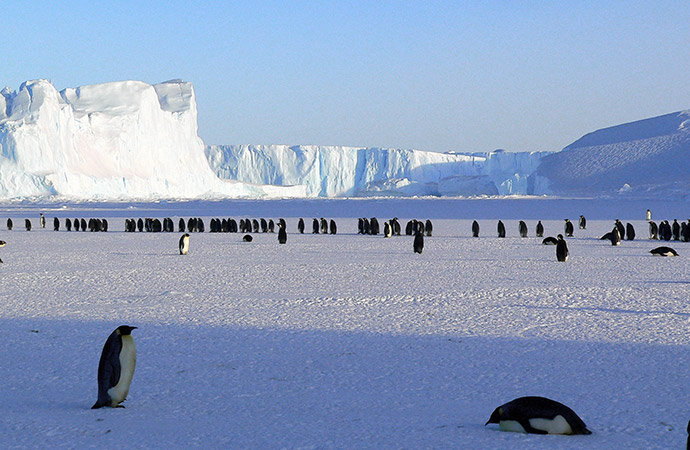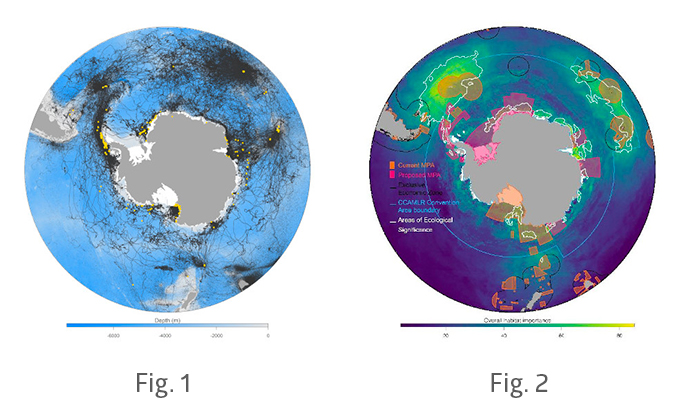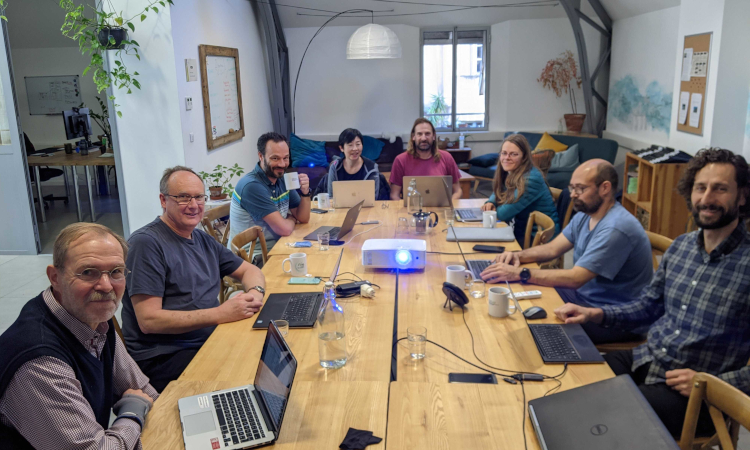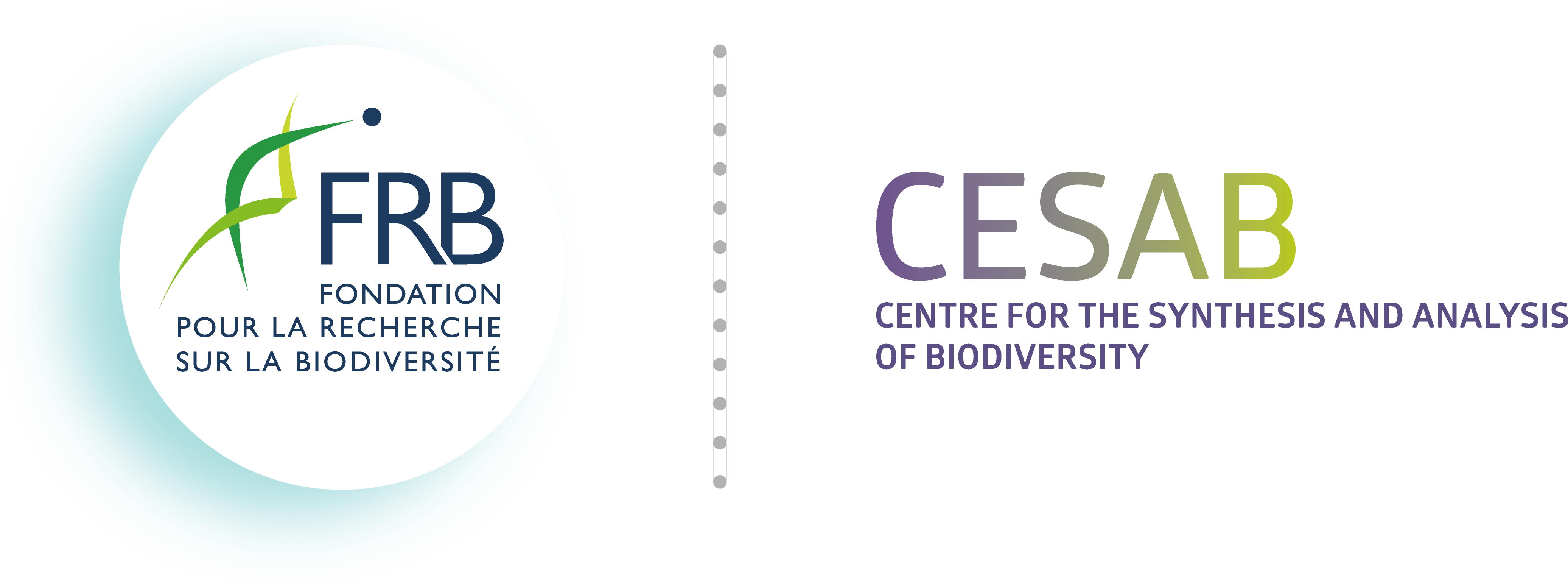RAATD
Retrospective analysis of vertebrates’ tracking data in Antarctica to identify ecologically significant areas

The overall objective of the project RAATD is to assess habitat use by several predator species at the top of Southern Ocean food chains from existing spatial monitoring data sets of these animals. This approach identify ecologically important areas for predators, i.e. ocean regions that serve as preferred sites for food exploration for several predator species simultaneously, and therefore that have high biodiversity.
The project:
- provided a better understanding of the fundamental ecosystem processes in the Southern Ocean,
- facilitated projections of future distributions of predators under different climatic regimes and,
- identified areas of ecological significance (with high biodiversity and species abundance) and provides this information to land and resource managers, such as the Convention on the Conservation of Antarctic Marine Living Resources,
- highlighted gaps in data coverage for regions or seasons that are biologically important but under-sampled, due in particular to a low human presence in these areas of the Southern Ocean.
RAATD expert group has gathered all available monitoring data collected by research groups that have worked in Antarctica since the 1990s. They have set up a repository of these data that is accessible to the public. The repository, contains the data of more than 40 contributors working in 12 national Antarctic programmes, on 15 predator species, with 3,447 individuals and more than 2.4 million entries.

Fig. 1 : Map of the Southern Ocean showing the movement tracks (black points) of 4,060 individuals of 17 marine predator species that were used to predict Areas of Ecological Significance.
Fig. 2 : Map of the Southern Ocean showing overall habitat importance predicted using tracking data from 17 marine predator species. The areas with the highest overall habitat importance values – outlined in white – are defined as Areas of Ecological Significance. (Hindell et al., 2020)

RAATD project members at CESAB for their CESABAFTER meeting in November 2021

PIs:
Yan ROPERT-COUDERT – CEBC, CNRS (France); Mark HINDELL – University of Tasmania (Australia).
Postdoc:
Ryan REISINGER – CNRS (France)
RAATD was selected from the 2015 call for proposals and received financial support from the Scientific Committee on Antarctic Research and WWF-UK. The project selection process was carried out by a committee of independent experts.
Localiser les prédateurs pour protéger les écosystèmes de l’océan Austral (in French – 2020)
[06] Reisinger RR, Brooks CM, Raymond B, Freer JJ, Cotté C, Xavier JC, Trathan PN, Bornemann H, Charrassin J-B, Costa DP, Danis B, Hückstädt L, Jonsen ID, Lea M-A, Torres L, Van de Putte A, Wotherspoon S, Friedlaender AS, Ropert-Coudert Y & Hindell M (2022) Predator-derived bioregions in the Southern Ocean: Characteristics, drivers and representation in marine protected areas. Biological Conservation, 272, 109630. DOI: 10.1016/j.biocon.2022.109630.
[05] Hindell MA, Reisinger RR, Ropert-Coudert Y, Hückstädt LA, Trathan PN, Bornemann H, Charrassin J-B, Chown SL, Costa DP, Danis B, Lea M-A, Thompson D, Torres LG, Van de Putte AP, Alderman R, Andrews-Goff V, Arthur B, Ballard G, Bengtson J, Bester MN, Blix AS, Boehme L, Bost C-A, Boveng P, Cleeland J, Constantine R, Corney S, Crawford RJM, Dalla Rosa L, de Bruyn PJN, Delord K, Descamps S, Double M, Emmerson L, Fedak M, Friedlaender A, Gales N, Goebel ME, Goetz KT, Guinet C, Goldsworthy SD, Harcourt R, Hinke JT, Jerosch K, Kato A, Kerry KR, Kirkwood R, Kooyman GL, Kovacs KM, Lawton K, Lowther AD, Lydersen C, Lyver PO, Makhado AB, Márquez MEI, McDonald BI, McMahon CR, Muelbert M, Nachtsheim D, Nicholls KW, Nordoy ES, Olmastroni S, Phillips RA, Pistorius PA, Plötz J, Pütz K, Ratcliffe N, Ryan PG, Santos M, Southwell C, Staniland IJ, Takahashi A, Tarroux A, Trivelpiece W, Wakefield E, Weimerskirch H, Wienecke B, Xavier JC, Wotherspoon S, Jonsen ID & Raymond B (2020) Tracking of marine predators to protect Southern Ocean ecosystems. Nature, 580, 87–92. DOI: 10.1038/s41586-020-2126-y.
[04] Ropert-Coudert Y, Van de Putte AP, Reisinger RR, Bornemann H, Charrassin J-B, Costa DP, Danis B, Hückstädt LA, Jonsen ID, Lea M-A, Thompson D, Torres LG, Trathan PN, Wotherspoon S, Ainley DG, Alderman R, Andrews-Goff V, Arthur B, Ballard G, Bengtson J, Bester MN, Blix AS, Boehme L, Bost C-A, Boveng P, Cleeland J, Constantine R, Crawford RJM, Dalla Rosa L, de Bruyn PJN, Delord K, Descamps S, Double M, Emmerson L, Fedak M, Friedlaender A, Gales N, Goebel ME, Goetz KT, Guinet C, Goldsworthy SD, Harcourt R, Hinke JT, Jerosch K, Kato A, Kerry KR, Kirkwood R, Kooyman GL, Kovacs KM, Lawton K, Lowther AD, Lydersen C, Lyver PO, Makhado AB, Márquez MEI, McDonald BI, McMahon CR, Muelbert M, Nachtsheim D, Nicholls KW, Nordoy ES, Olmastroni S, Phillips RA, Pistorius PA, Plötz J, Pütz K, Ratcliffe N, Ryan PG, Santos M, Southwell C, Staniland IJ, Takahashi A, Tarroux A, Trivelpiece W, Wakefield E, Weimerskirch H, Wienecke B, Xavier JC, Raymond B & Hindell MA (2020) The retrospective analysis of Antarctic tracking data project. Scientific Data, 7, 94. DOI: 10.1038/s41597-020-0406-x.
[03] Baylis AMM, Tierney M, Orben RA, Warwick-Evans V, Wakefield E, Grecian WJ, Trathan PN, Reisinger RR, Ratcliffe N, Croxall J, Campioni L, Catry P, Crofts S, Boersma PD, Galimberti F, Granadeiro J, Handley J, Hayes S, Hedd A, Masello JF, Montevecchi WA, Pütz K, Quillfeldt P, Rebstock GA, Sanvito S, Staniland IJ & Brickle P (2019) Important at-sea areas of colonial breeding marine predators on the Southern Patagonian Shelf. Scientific Reports, 9, 8517. DOI: 10.1038/s41598-019-44695-1.
[02] Jonsen ID, McMahon CR, Patterson TA, Auger-Méthé M, Harcourt R, Hindell MA & Bestley S (2019) Movement responses to environment: Fast inference of variation among southern elephant seals with a mixed effects model. Ecology, 100, e02566. DOI: 10.1002/ecy.2566.
[01] Reisinger RR, Raymond B, Hindell MA, Bester MN, Crawford RJM, Davies D, de Bruyn PJN, Dilley BJ, Kirkman SP, Makhado AB, Ryan PG, Schoombie S, Stevens K, Sumner MD, Tosh CA, Wege M, Whitehead TO, Wotherspoon S & Pistorius PA (2018) Habitat modelling of tracking data from multiple marine predators identifies important areas in the Southern Indian Ocean. Diversity and Distributions, 24, 535–550. DOI: 10.1111/ddi.12702.
Hindell M, Reisinger R, Ropert-Coudert Y, et al (2020) Tracking of marine predators to protect Southern Ocean ecosystems. Nature. doi: 10.1038/s41586-020-2126-y
Ropert-Coudert Y, Van de Putte A, Reisinger R, et al (2020) The retrospective analysis of Antarctic tracking data project. Nature Scientific Data. doi: 10.1038/s41597-020-0406-x
- Press release: Localiser les prédateurs pour protéger les écosystèmes de l’océan Austral
- French media: Actu environnement, Science et Avenir, Inee, Cnrs-Hebdo, Museum IS Belgique, Université de Bruxelles, Le Soleil.com, Le Quotidien.com, Muséum d’Histoire Naturelle, Land Portal, Techno-Science, Canal U, Daily Science.